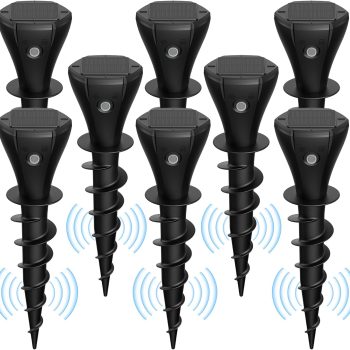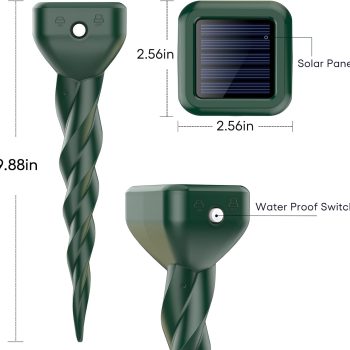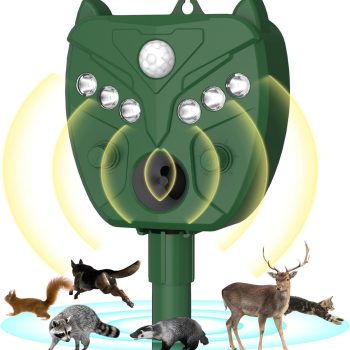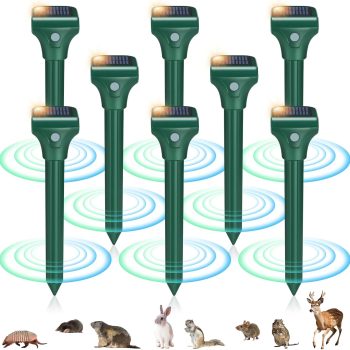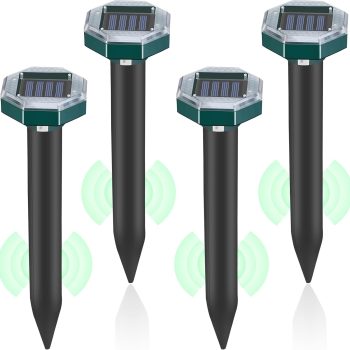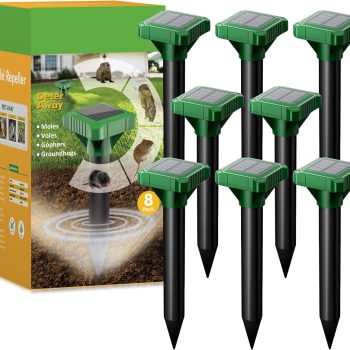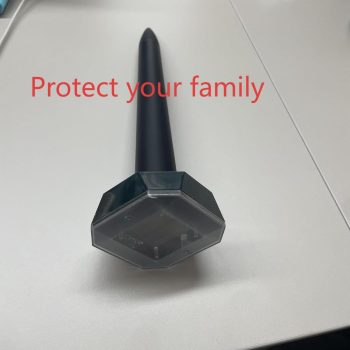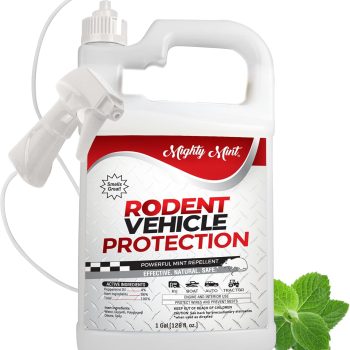How To Scare Groundhogs Away
Solar Groundhog Repellent
Mole Repellent Solar Powered 8 Pack, Ultrasonic Gopher Repeller IP65 Waterproof, Repels Moles
Understanding Groundhog Behavior
Groundhogs are naturally timid creatures that scare easily. They rely on their keen senses of smell, sight, and hearing to detect potential threats. Groundhogs are typically active during the day, foraging for food like fruits, vegetables, and flowers in your yard or garden. Creating an unsafe environment is critical to scare them away successfully. You can effectively frighten groundhogs and deter them from returning by introducing sights, sounds, and scents that mimic predators or disturbances.
Utilizing Motion-Activated Devices
One of the most efficient ways to scare groundhogs away is through motion-activated devices. These devices can include lights, sprinklers, or sound emitters. When a groundhog approaches, the sudden activation of these devices startles them and encourages them to flee. Motion-activated sprinklers, for example, spray water when movement is detected, scaring the groundhog without harming it. Similarly, sound emitters produce high-pitched noises that humans cannot hear but are distressing for groundhogs. These deterrents create a consistent sense of danger, making the area undesirable for groundhogs.

Employing Natural Repellents and Scents
In addition to using devices, natural repellents and scents can also be highly effective in scaring groundhogs away. Groundhogs are sensitive to certain smells, particularly those associated with predators. Scattering used cat litter, predator urine (like coyote or fox), or crushed garlic around their burrows and garden areas can create an unsafe environment. Groundhogs associate these scents with predators and avoid areas where they detect danger. Additionally, combining visual deterrents like shiny objects or pinwheels with solid scents can enhance the sense of threat, making it more likely that groundhogs will leave the area.
By understanding groundhog behavior, utilizing motion-activated devices, and employing natural repellents, you can successfully scare groundhogs away. These humane methods are both effective and safe, ensuring your yard or garden remains free of unwanted visitors without causing harm to the animals. With consistent application, your outdoor space will become an uninviting place for groundhogs, achieving the goal of harmonious coexistence.

